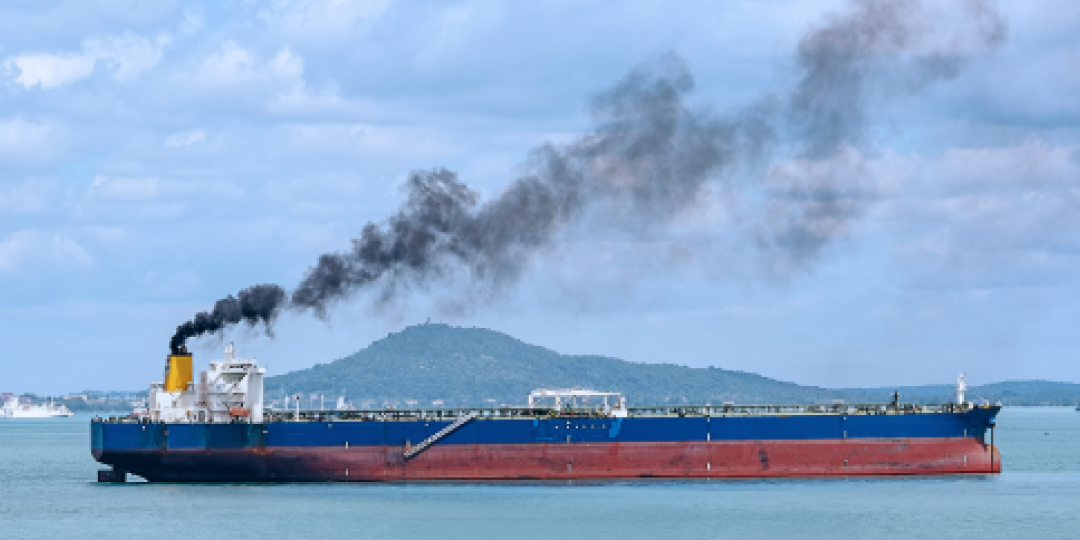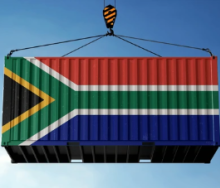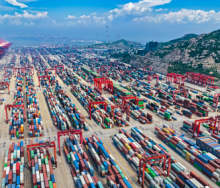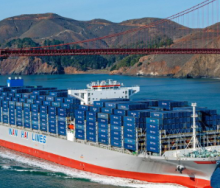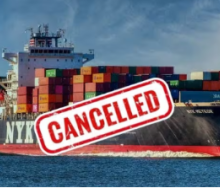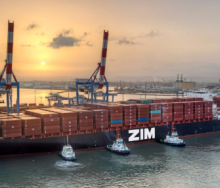International Maritime Organization member nations have agreed to roll out the first global carbon fee for shipping, which will be the first UN-administered carbon revenue system of any kind to be levied on an industry.
The organisation said on Friday that its Marine Environment Protection Committee had approved the IMO Net-Zero Framework during its 83rd session from April 7-11. It is the first in the world to combine mandatory emissions limits and greenhouse gas (GHG) pricing across an entire industry sector.
The draft regulations set a mandatory marine fuel standard and GHG emissions pricing for shipping to address climate change, aiming for net-zero emissions by around 2050.
“These measures, set to be formally adopted in October 2025 before entry into force in 2027, will become mandatory for large ocean-going ships over 5 000 gross tonnage, which emit 85% of the total CO2 emissions from international shipping,” the IMO said.
IMO Secretary-General Arsenio Dominguez added that member states had demonstrated a spirit of cooperation and commitment during discussions to finalise the framework.
“The approval of draft amendments to Marpol (International Convention for the Prevention of Pollution from Ships) Annex VI, mandating the IMO net-zero framework, represents another significant step in our collective efforts to combat climate change and modernise shipping, and demonstrates that the IMO delivers on its commitments,” Dominguez said.
“Now, it is important to continue working together, engaging in dialogue and listening to one another, if we are to create the conditions for successful adoption.”
The IMO Net-Zero Framework will be included in a new Chapter 5 of Annex VI (Prevention of air pollution from ships) in Marpol.
Marpol Annex VI currently has 108 committed parties, covering 97% of the world’s merchant shipping fleet by tonnage, and already includes mandatory energy efficiency requirements for ships.
The goal of the framework is to achieve the climate targets set out in the 2023 IMO Strategy on the Reduction of GHG Emissions from Ships, accelerate the introduction of zero and near zero GHG fuels, technologies and energy sources, and support a just and equitable transition.
Under the draft regulations, ships will be required to comply with:
- Global fuel standard: Ships must reduce, over time, their annual greenhouse gas fuel intensity (GFI) – that is, how much GHG is emitted for each unit of energy used. This is calculated using a well-to-wake approach.
- Global economic measure: Ships emitting above GFI thresholds will have to acquire remedial units to balance their deficit emissions, while those using zero or near-zero GHG technologies will be eligible for financial rewards.
There will be two levels of compliance with GHG Fuel Intensity targets: a base target and a direct compliance target at which ships would be eligible to earn “surplus units”.
Ships that emit above the set thresholds can balance their emissions deficit by transferring surplus units from other ships, using surplus units they have already banked and using remedial units acquired through contributions to the IMO Net-Zero Fund.
The fund will be established to collect pricing contributions from emissions. These revenues will then be disbursed to reward low-emission ships; support innovation, research, infrastructure and just transition initiatives in developing countries; fund training, technology transfer and capacity building to support the IMO GHG Strategy; and mitigate negative impacts on vulnerable states, such as small island developing states and least developed countries.
Upon approval, the draft amendments to MARPOL Annex VI will be formally circulated to IMO member states, followed by the adoption of the amendments during an extraordinary session of the Marine Environment Protection Committee in October, the approval of detailed implementation guidelines in spring 2026, and entry into force in 2027.
